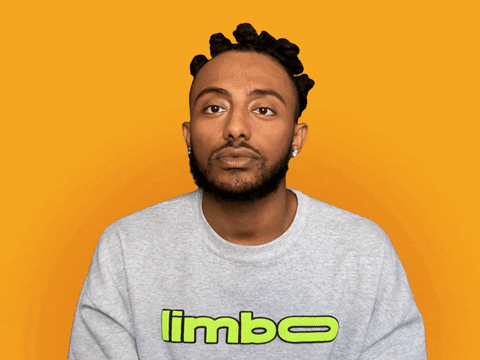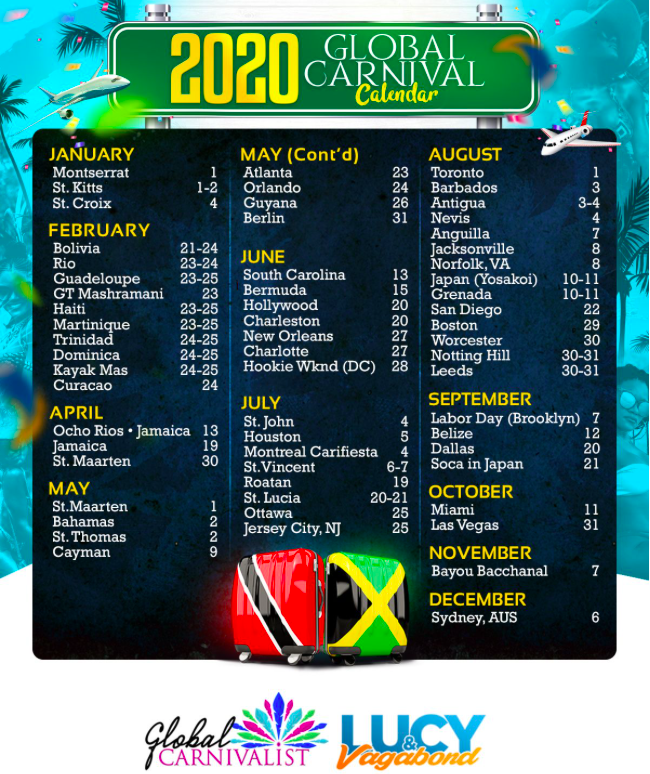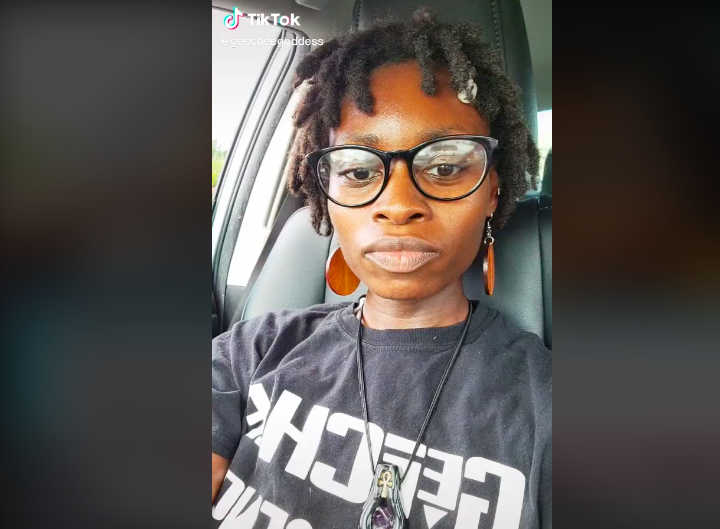
Recently on the internet, I am most excited about the way the internet has played a huge role in the education and cultural exchange across the African Diaspora. Yes, the internet was made to connect people all over the world, but it still blows my mind how well it works!
For some context, I am a Black Studies major here at York, I work in Diversity and Inclusion, and I am the child of Jamaican and Guyanese immigrants. With that being said, my interest in spreading knowledge of the diversity of the Diaspora is a passion of mine. The diaspora refers to the worldwide spread of Black people and culture as a result of African Slave Trade, and here is a handy map of how far that reach was.

As Mardi Gras draws millions to New Orleans for the great music, food and culture, Caribbean/West Indian people all over the world make the pilgrimage back to the islands to celebrate Carnival. (Here‘s a bit of history, for context). Many are only aware of the Rio Carnival, in Brazil, with its ornate floats, lively dancing and vibrant costumes. However, Carnival is a tradition upheld across South America, the Caribbean and almost anywhere with a large Diaspora presence, like the Knotting Hill Carnival in the UK and Labor Day Carnival, here in New York! Here’s a calendar of some carnivals that were proposed for 2020 (prior to COVID shutting the world down).

For most of my life, I generally knew these existed but it wasn’t until the growth of Instagram and TikTok that I really saw how similar but unique each island’s traditions are. This all started from a single video I watched on Instagram [that I can’t seem to find =( ] where individuals were celebrating in a parade-like fashion, down a city street. The music, the dance, the vibe – all resembled different aspects of the Diaspora. It had the dance and instruments that resembled New Orleans Mardi Gras, the Soca music and costumes resembling that of Trinidad Carnival and the diversity of skin tone and hair textures that are reflected across all Brown communities. As the celebration continues, we are taught that this melangé of Black culture is located in the Montserrat, a Caribbean Island north of Guadalupe. It is amazing because, I would have never known this existed if it weren’t for social media!

As a Black Studies major, I am very invested in learning about my culture and history; however, this opportunity is only (sometimes) accessible at the university level, as the basic American Education system falls short of explaining the complexity of many Black and Brown histories within this country. Platforms like Instagram and TikTok has been revolutionary in connecting Black Communities around the world and bringing the knowledge outside of privileged classrooms.
A great example of this is #geecheetiktok, a hashtag comprised of the lost lives, histories and cultures of the Gullah Geechee peoples. The Gulla people are an ethnic community created by enslaved Africans in the low country, coastal areas of Georgia, Florida, South Carolina, and North Carolina, where a lot of language and tradition has been preserved to this day. And even I, being a Black Studies major, had not learned much about the Gulla people until I encountered @gullagritstv and @geecheegoddess, two content creators of geechee descent who use TikTok to teach about the language and culture of their community. This hits home because my paternal grandmother is a descendant of the Gullah people. While she is still alive she is quite old and her memory of the history isn’t the clearest. So, it warms my heart to have a casual platform like TikTok be the connection between me and my ancestral community, and for others to learn of theirs.
Here’s a great video showing how some Gulla Geechee people, today, are still looking to help connect and empower the Diaspora by reincorporating the language of their culture into the modern black vernacular.
As of now, I suffer from Carnival Tabanca, a deep longing to celebrate and experience the joys of Carnival season with my people. And, until Caribbean Heritage month starts in June and New York summers become synonymous with West Indian culture, I have been relegated to blasting countless Carnival playlists and Road March mixes through my headphones, to last me a lifetime.






Excellent Work!!
Wow, such a wonderful array of facts, history, energy, sentiments and passion!
Thank you so much for the thoughtful crafting of this post, I love how all of the imagery gives us a timeline and sequencing feel – the imagery also conveys energy and rapport for the reader!
Chock full of great hyperlinks and context to expand our understanding and research!
Bravo!
Great work!
Jamilah, I am a huge fan of carnival and I wish I was able to attend Miami and Trinidad carnival this year. The people, costumes, food and music is just an experience I need to have one time and I will be satisfied. Almost everyday I listen to soca music it is a must for me to start my day, if I am feeling down soca music is the cure! I like how you gave an in depth background on the history of carnival origins and how they are celebrated. I’m sure you heard Bunji Garlin a well known soca artist song Carnival Tabanca, thats what I thought of when I saw the title of your blog!